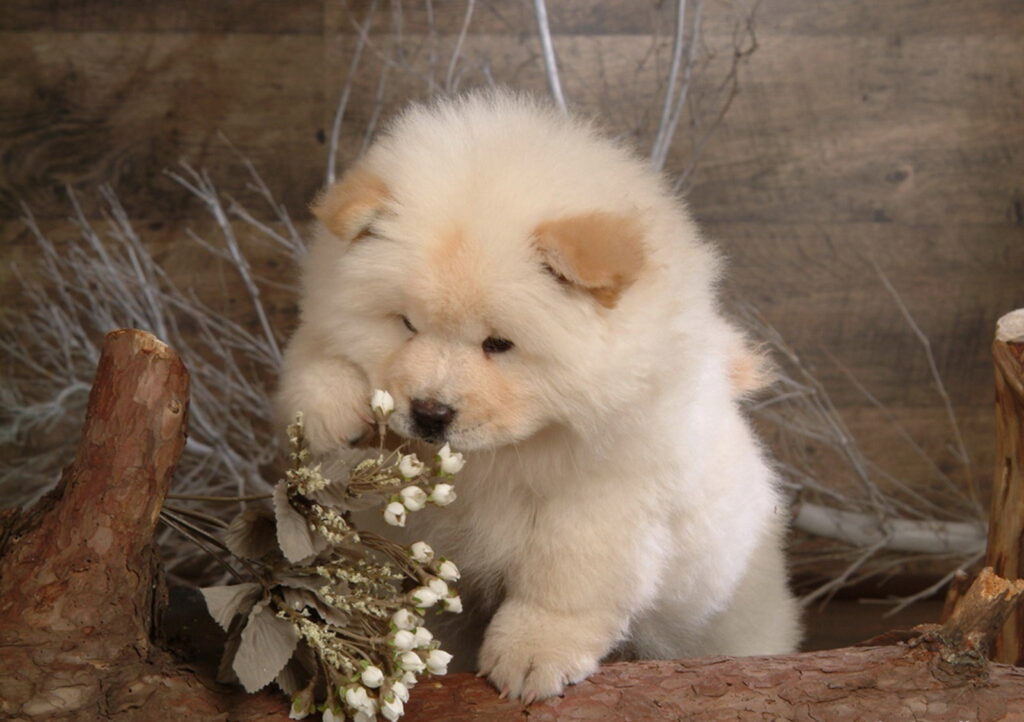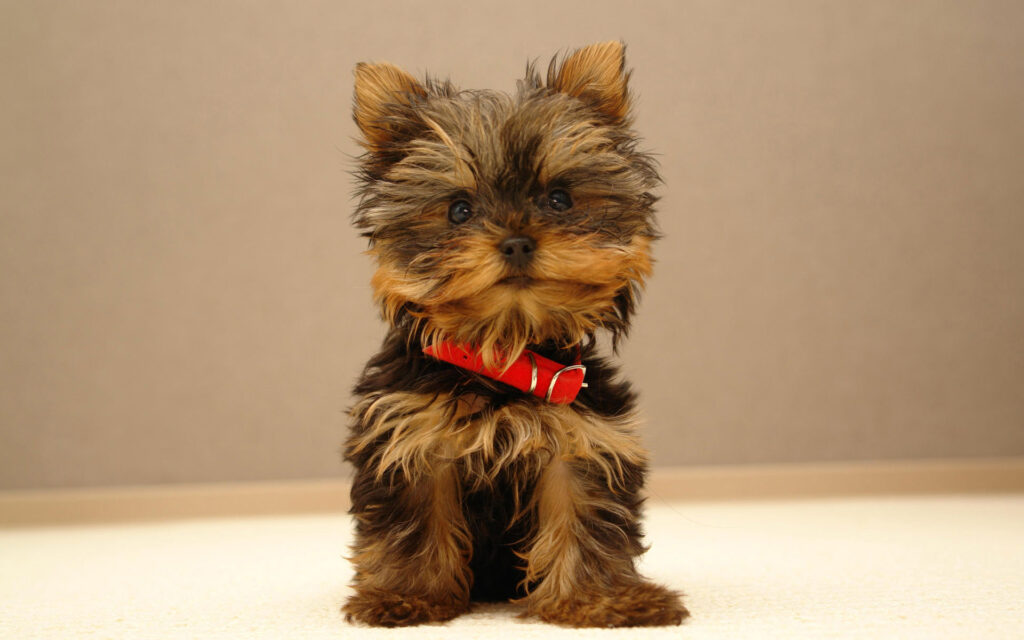Dog grooming products help keep your pet’s coat clean, healthy, and shiny. They also give you a chance to bond with your furry friend and keep them feeling good.
Professional grooming tools include shears and clippers to trim hair, as well as rakes to remove tangles and shed hair. Brushes are used to distribute oils and promote shine.

Natural grooming products
Using natural grooming products on your dog is not only good for their skin and coat, but it also helps you avoid the potentially harmful chemicals found in commercial shampoos and conditioners. These chemicals can be absorbed into your pet’s body and cause health problems, including allergies, dermatitis, and other serious skin issues.
Natural and organic dog grooming products use ingredients that are naturally safe for dogs, such as jojoba oil, aloe vera, and other plant-based oils. These oils nourish the skin and coat, and they can help you keep your dog’s skin and coat healthy and shiny.
These products can also be used to treat common skin conditions like itchy, irritated skin and dry, flaky skin. Some products contain natural anti-itch agents, such as lanolin, aloe, and oatmeal, to relieve itching and promote healthy skin.
The best natural dog shampoos are gentle and effective, removing dirt and grime without stripping away your dog’s essential oils. They’ll also help to hydrate the skin and coat, improving elasticity and reducing itching and inflammation.
Earthbath makes several shampoos that are paraben and sulfate-free, as well as formaldehyde-free with no synthetic dyes. They’re also made with organic ingredients such as oatmeal and aloe vera.
Another great all-natural option is Oatcare Oatmeal and Aloe Shampoo, which uses colloidal oatmeal to help heal irritated, itchy skin and dandruff. It also has aloe and lanolin to help moisturize your dog’s skin and a gentle, hypoallergenic formula.
Lastly, Arm & Hammer’s Baking Soda and Rose Shampoo is a mildly scented, naturally drying alternative to traditional shampoo. It works to remove odors from your dog’s fur and is a good choice if your dog has a strong odor that’s difficult to mask with regular dog shampoo.
Groomers looking for a gentle shampoo that’s free of harsh chemicals should look for a USDA-certified organic version, such as 4-Legger Aloe Vera, Lemongrass, and Organic Coconut Dog Shampoo, which lathers well, rinses easily, and leaves your dog’s fur soft and smooth. This USDA-certified organic shampoo comes in an unscented or vanilla and almond scent, and it contains no parabens, sulfates, or other synthetic additives.
Nail Trimming
Nail trimming is an essential part of keeping your dog’s paws healthy. Long nails can cause a range of problems, from pain to ingrown nails and mobility issues. Luckily, there are some things you can do to make nail trimming easier for your pet and yourself.
First, be sure to use a clipper that is designed specifically for dog nails. This ensures you are making a clean cut, which will help prevent any splintering or bleeding when cutting the nails.
Next, be sure to trim the nail a bit at a time and take your time. This will prevent you from accidentally cutting into the quick, which can cause discomfort for your dog. If you do accidentally hit the quick, apply a small amount of styptic powder and let your dog calm down before continuing the trim.
You can also try to sanitize the area where you are trimming your dog’s nails by using a mild bleach solution, such as one of these products from PetEdge:
Finally, be sure that you are comfortable and familiar with the tool you are using for nail trimming. This is especially important for cats and dogs with sensitive paws, so it’s a good idea to practice with a smaller tool before you use the bigger ones.
It can take time to train your puppy to get used to having its nails trimmed, but the process can be easier on both of you if you have patience and a gentle approach. Ideally, you should start this early in your pup’s life so it will become a regular habit that they are comfortable with and look forward to.
Once your puppy is comfortable with this, you can start a regular nail trim routine to keep them healthy and happy. A few times a year is recommended, but you should always follow your vet’s recommendations for trimming.
If your dog’s paws become too long, they can curl back and grow into the paw pad, which is extremely painful and often requires medical attention from your vet. A dog’s nails can also become snagged and damaged, especially on hardwood floors or when your dog jumps up on you.

Brushing
Brushing is one of the most important grooming processes for dogs and is crucial to keeping your dog’s coat healthy and looking its best. Regular brushing will help reduce shedding, remove dead hair, and release natural oils that are essential for your dog’s skin and coat.
When it comes to selecting the right brush for your pet, it’s vital to consider their coat type and find a brush that works well with their specific fur. For example, short-haired dogs need brushes with bristles that are gentle on their skin, while long-haired breeds might prefer a sleeker style.
Most brushes come in different shapes and sizes to fit the particular needs of your dog. There are also slicker brushes, pin brushes, and even ones with a variety of handles.
A slicker brush is a good choice for most coat types, but be careful not to use it too often as it can be very harsh on your dog’s skin. If your pet’s coat is particularly tangled, try a pin brush or a wire brush to detangle the coat before attempting to use a slicker.
Slicker brushes are a popular option for all coat types but are especially useful for dogs with medium-to-long coats and for double-coated breeds like German Shepherds, Labrador Retrievers, and Corgis. They feature thin wires that help you remove loose fur and detangle tangles.
Some slicker brushes have plastic or rubber tips that protect your dog’s skin, while others are made with softer materials such as wood. Be sure to test any new brush on your pet first, and be sure that it’s comfortable to hold for the best results.
The JW Pet Gripsoft Soft Slicker Brush has flexible, ideally angled stainless steel bristles that minimize irritation while lifting out loose hair. The Bodhi Dog Bath Brush is a loofah-style tool that’s great for bathing dogs, and the Bissell Pet Hair Eraser Grooming Gloves whisk away tangles without damaging your dog’s skin.
Brushing is also a great way to prevent gum disease and other oral health issues in dogs, and it’s an excellent bonding experience for you and your pet. You can find a variety of toothbrushes designed specifically for dogs at pet stores, online, and at your veterinarian’s office.
Bathing
Bathing is an important part of maintaining a dog’s health, as it helps prevent infection and promotes skin and coat health. Frequent bathing may also help reduce the shedding of your pet’s fur.
When it comes to dog grooming products, you’ll want to choose a shampoo that’s specifically made for dogs and has a neutral PH balance. This will be easier on your pet’s skin and coat, which are sensitive to harsh chemicals.
It’s also a good idea to get a shampoo that doesn’t contain fragrances, as this can irritate your pet’s skin. If you’re unsure about which shampoo is best for your pet, check with your vet or local groomer to see what they recommend.
Once you’ve gotten your supplies ready, it’s time to start the process of bathing your dog. Some dogs are very reluctant to get into a bath, so it’s important to approach the process slowly and positively. This will help you and your pet feel calm and relaxed, making the experience easier.
First, you’ll need to get your dog’s fur with lukewarm water. Hot water can dry their skin and cause itching, so make sure to use a temperature that’s lower than what you would use on a human baby.
Next, work a gentle lather of shampoo into your dog’s fur using either a sponge or a soft rubber brush. This helps the shampoo penetrate your dog’s coat, and it also makes a nice lather for your hands to rub over their paws, stomach, armpits, and tail.
After you’ve worked the shampoo into your dog’s fur, rinse it thoroughly with warm water to remove any soap residue. For added protection, place a clean washcloth over your dog’s head and face to avoid getting any soap into their eyes, ears, or mouth.
Lastly, brush your dog’s hair again. Using a brush specifically designed for dogs will help you remove any tangles and knots in your dog’s coat. You may need to repeat the process several times to get a deep, squeaky-clean dog. You should also take your dog for a walk and play with them outside before the bath to burn off any excess energy that could lead to accidents in the tub.

